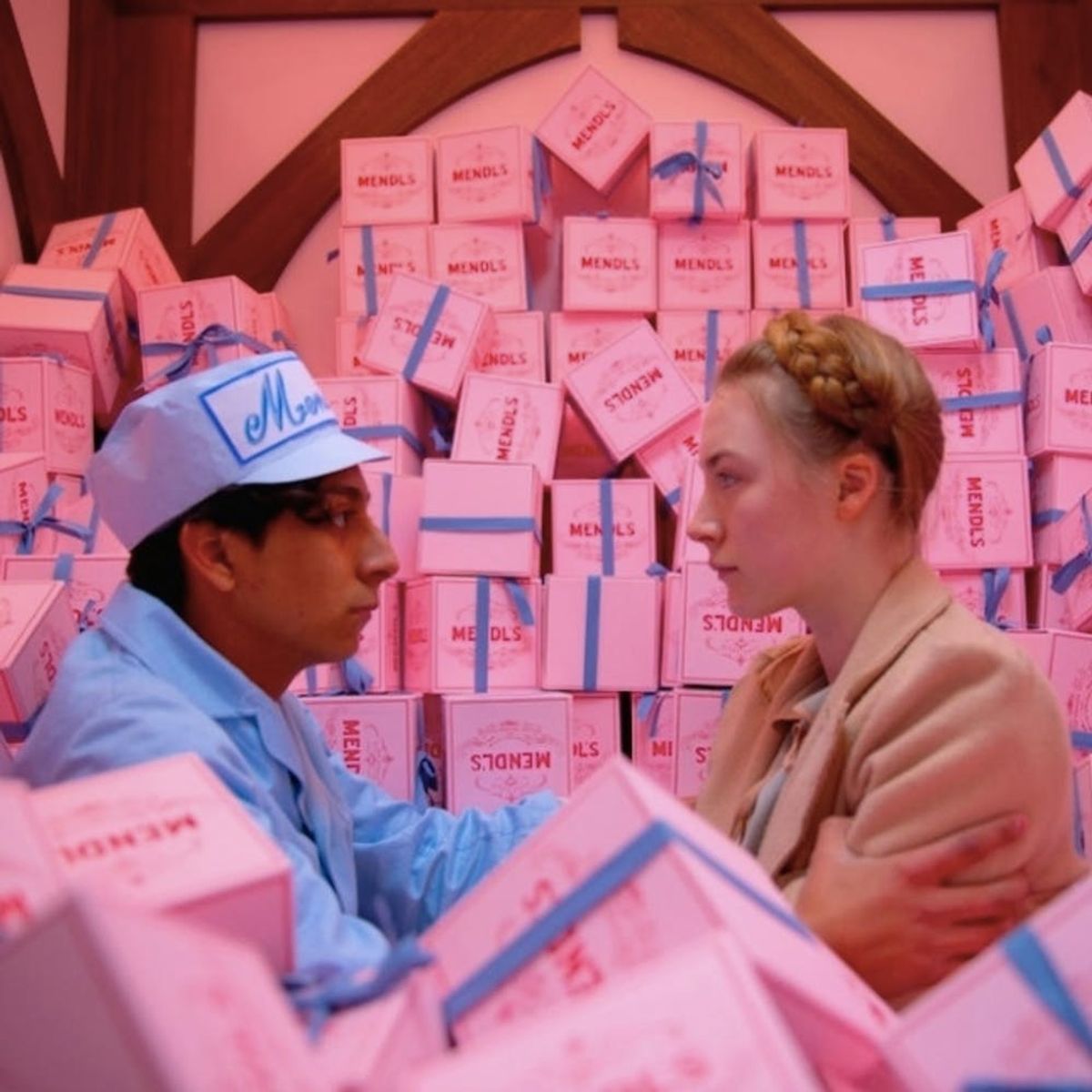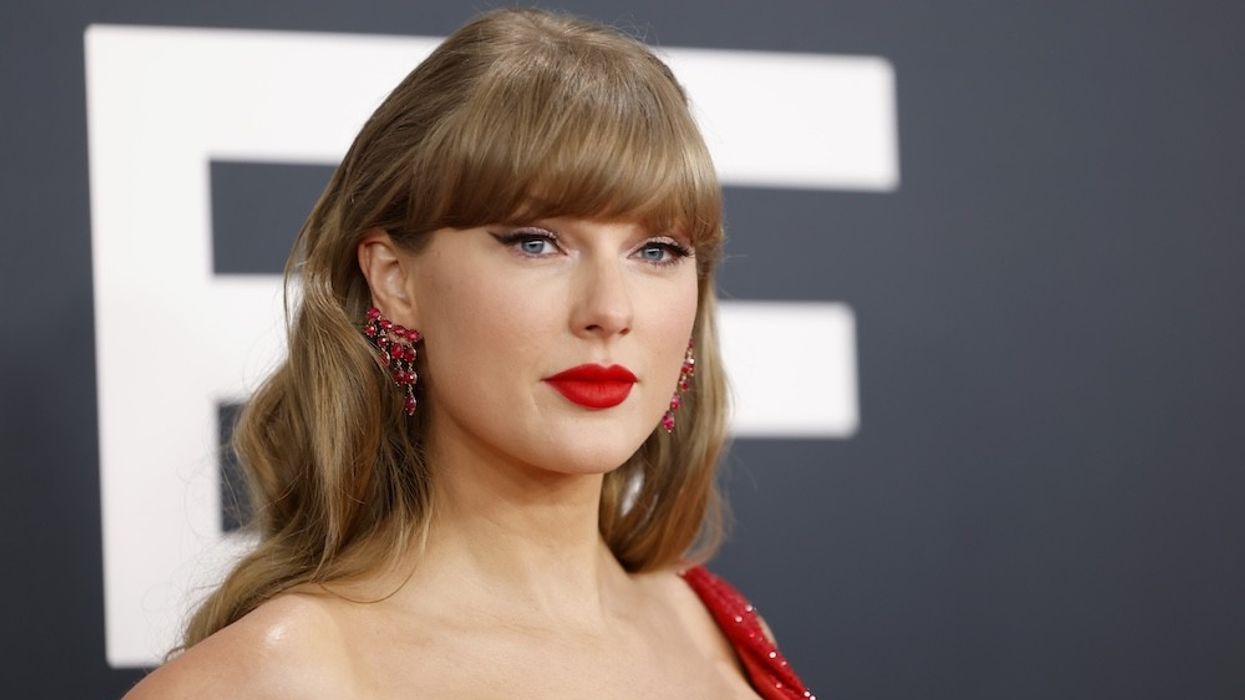Font geeks, try to control yourselves.
Wes Anderson’s Graphic Designer Has Some Inspiring Advice for You

Making a living as a graphic designer might sound like a dream come true for many, but for Annie Atkins, that’s just the tip of the iceberg. The design and film school graduate’s past projects include The Tudors and The Grand Budapest Hotel — the holy grail of modern film design — and she’s currently working with Steven Spielberg on an upcoming flick. Recently, she spoke at Here, an annual symposium featuring some of the world’s best creative talent. She dropped some knowledge on what it’s like to work as a designer in the entertainment industry. Scroll on to read her advice and fascinating behind-the-scene secrets!
Behind-the-Scenes Secrets + Advice
1. It’s not all movie magic and digital design. When it comes to making things look believable, it turns out old-fashioned craft still comes into play. It’s not all done by software. “The golden rule of graphic design in filmmaking is that if it was made by hand at the time, make it by hand now, and if it was made by machine at the time, like printing, then we can print it now,” Atkins says. Rules like that were followed to the letter on the set of The Tudors.
2. Multiple copies are critical. “Because we don’t shoot in story order,” she says, “We have to think about a thing called continuity, which is the most boring part of making a film, I think, and yet becomes the most fascinating part for an audience when it goes wrong. So you have to be quite careful with it.” If there are several scenes involving a telegram that goes from being clean and crisp to folded, stained, ripped or otherwise altered in the course of the film’s action, there have to be multiple versions showing different signs of wear. What’s more, there have to be duplicates of each in case something happens to them between takes.
Apply that same rule to every single scrap of paper or prop used in the making of a film, and it’s easy to see how demanding the job can be. “We usually make six identical versions of all paper graphics,” Atkins says. “If an editor needs to cut two different shots together because an actor missed his line or something and the blood stain is in a different place on each telegram, that blood stain is going to jump around on camera and it’s going to be a dead giveaway that everyone’s watching a movie and it’s not real.”
3. There’s design work available in the film industry. While graphic designers on film sets may sound like magical unicorns, it turns out they’re just regular creative people who’ve trained hard at their craft. And the good news is, there are plenty of jobs to be had by designers who are great at what they do. “I guarantee you whatever you’ve watched on Netflix in the past week will have had at least one full-time graphic designer on the show,” Atkins says.
4. You don’t have to live in LA to be a part of it. “I’ve never set foot in Hollywood,” Atkins says on her website. For someone who’s worked so closely with the most design-centric director of the modern age, that’s a strong indication that others don’t have to go to LA either. “We made Penny Dreadful in a little seaside town in County Wicklow, so you never know what’s going on right around the corner,” she writes. “I think you have a better chance of employment starting local than you do hopping off a bus on Sunset Boulevard with your CV and your backpack, which is how I’m imagining you now, wistfully. Part of me is wishing you a wonderful adventure and the other part of me is thinking look, come on, you should really be at home categorizing your serifs, no?”
Got any design dreams of your own? Tweet us about them at @BritandCo!
(Images via Annie Atkins)


















